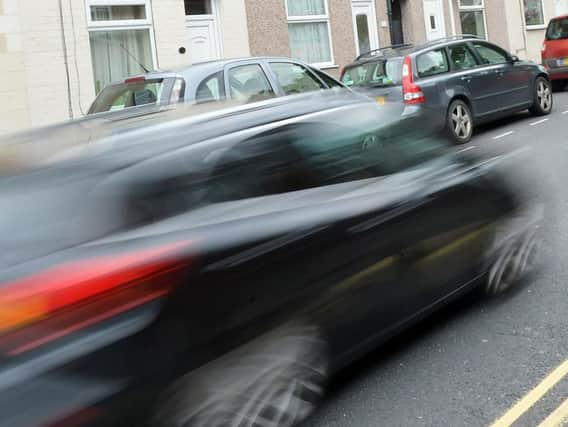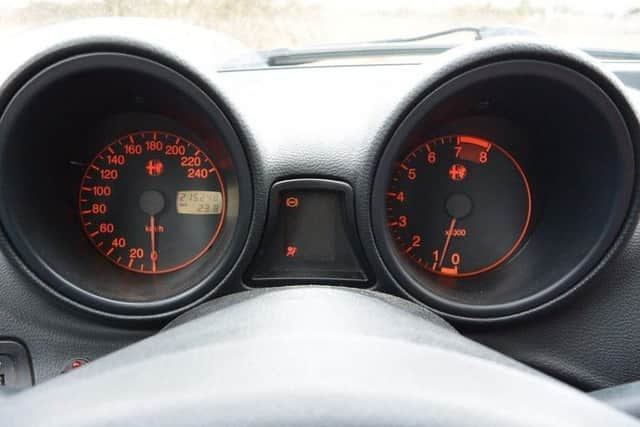'Speed Awareness Course has given me a new attitude towards my driving


That’s right, I’d been caught by a speed camera.
I spent the rest of my journey home cursing myself for allowing myself to get distracted and for taking an eye off my speedometer as I drove down an all but empty dual carriageway.
However, these are in no way excuses – I was speeding and I needed to pay the price.


Advertisement
Hide AdAdvertisement
Hide AdThe letter arrived in the post a few weeks later, confirming I had indeed been caught driving over the speed limit – and I was presented with a few options.
I opted to undertake a national speed awareness course.
The course contains a mixture of presentations, discussions and activities.
The course aims to get you thinking about speed limits, how you can tell what the speed limit is, how you can spot situations that mean you need to slow down and how you can control the speed of your vehicle.
The first question you are asked to answer is simply “ what stops you from driving within the speed limit”.
Advertisement
Hide AdAdvertisement
Hide AdThere were a number of answers, from distraction, peer pressure and a clear road, through to not knowing the speed limit and loud music.
The same question was then asked at the end of the course and there was only one answer – “you”.
You are the one in control of the car so you are the only thing that stops yourself from driving within the speed limit.
I went onto the course with the attitude of sitting at the back and letting everyone else do all the work, but turning up five minutes before the course was due to start meant I was sat at the front, right under the nose of the course deliverers and, before I knew it, I was answering questions and being used as a volunteer.
Advertisement
Hide AdAdvertisement
Hide AdI found the course interesting and came away from it with a new attitude to driving.
It has made me a more cautious driver when it comes to ensuring I am abiding to the speed limits.
One of the most interesting things I learned was about dual carriageways.
I discovered that a dual carriageway doesn’t necessarily mean two lanes but rather two roads.
Advertisement
Hide AdAdvertisement
Hide AdSo, even though there aren’t many, you can have a single-lane dual carriageway.
What makes a dual carriageway is if the road has a central reservation, it doesn’t depend on the amount of lanes.
You can also have a single carriageway with more than one lane if there is no central reservation.
Figures from the Lincolnshire Road Safety Partnership show that last year there were a total of 1,911 road traffic collisions across the county: 45 of them were fatal, 457 were serious and 1,409 were slight.
Advertisement
Hide AdAdvertisement
Hide AdJohn Siddle, from the partnership, said: “We run about 12,000 of these courses a year.
“When they first started we would get between 300 and 400 people together in a theatre once a month and there would be various doctors, paramedics and victims and all manner of people who would share their experience and knowledge.
“The idea was there, but the way we were going about it was struggling.
“It was soon identified that what we needed to get from the course was driver awareness, make it an educational course and aim for behavioural changes.
Advertisement
Hide AdAdvertisement
Hide Ad“Being in a car is like being at home, so the attitude can be it is your place and you are not taking advice from anyone.
“We have found younger drivers are more willing to accept change. Drivers aged over 40 can be a real issue to try and make a change. They are putting themselves and other road users at risk, so we try to turn that light bulb on and get them to accept that.
“People shout about speed cameras and potholes and what we should and shouldn’t be doing and how we should be using our resources, but the only thing that matters to us is casualty reduction.
“That is our task and aim and how we are measured.
“We want them to understand their speed could be the cause of a possible casualty.
“Over the years more and more people are in agreement with us that the courses do work.”